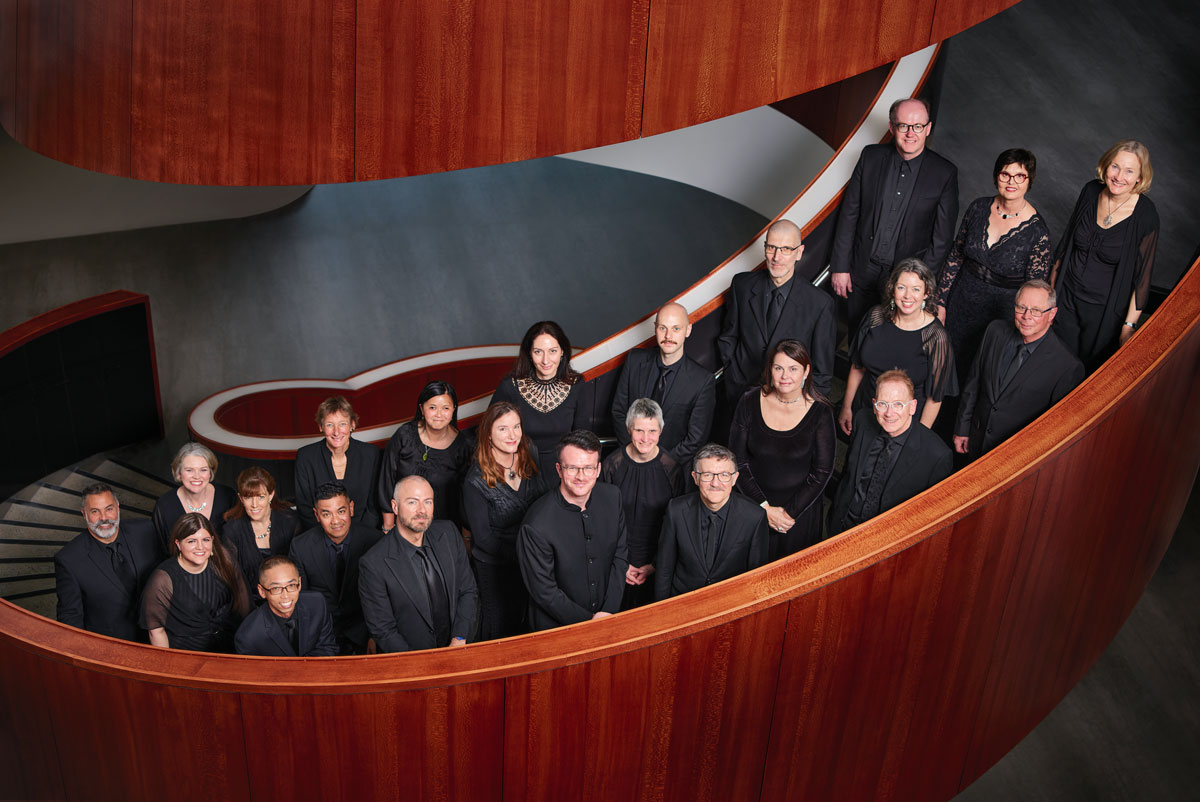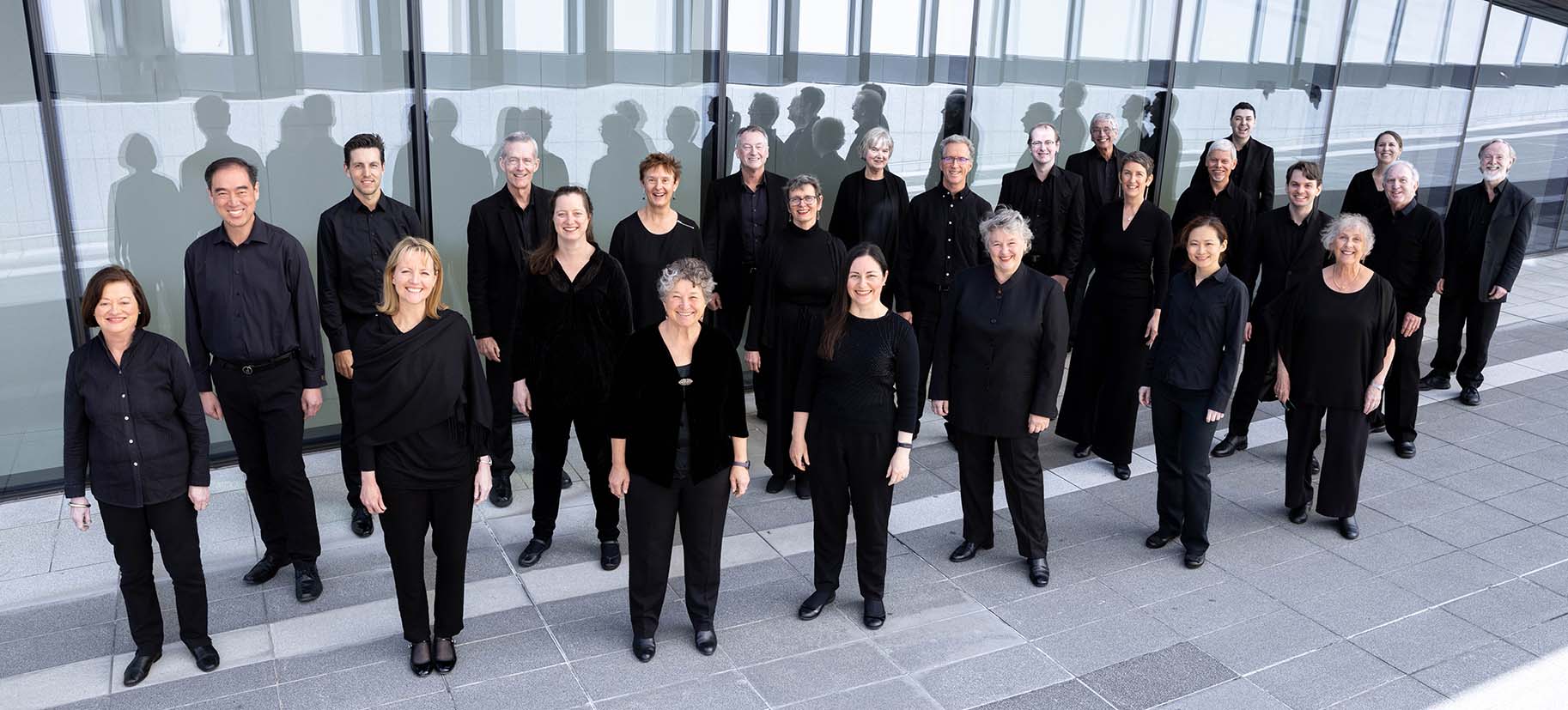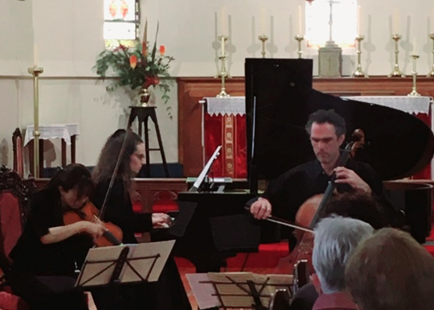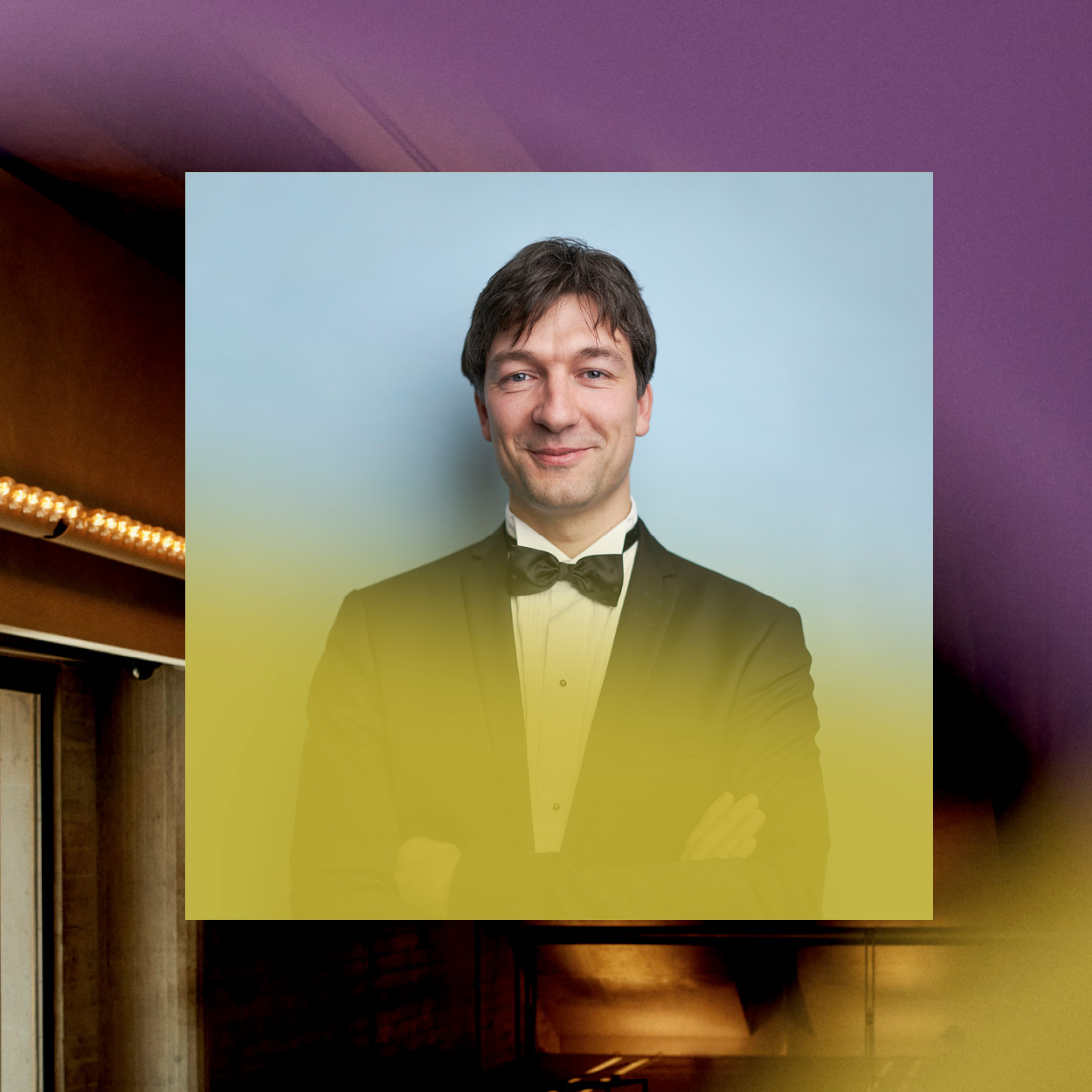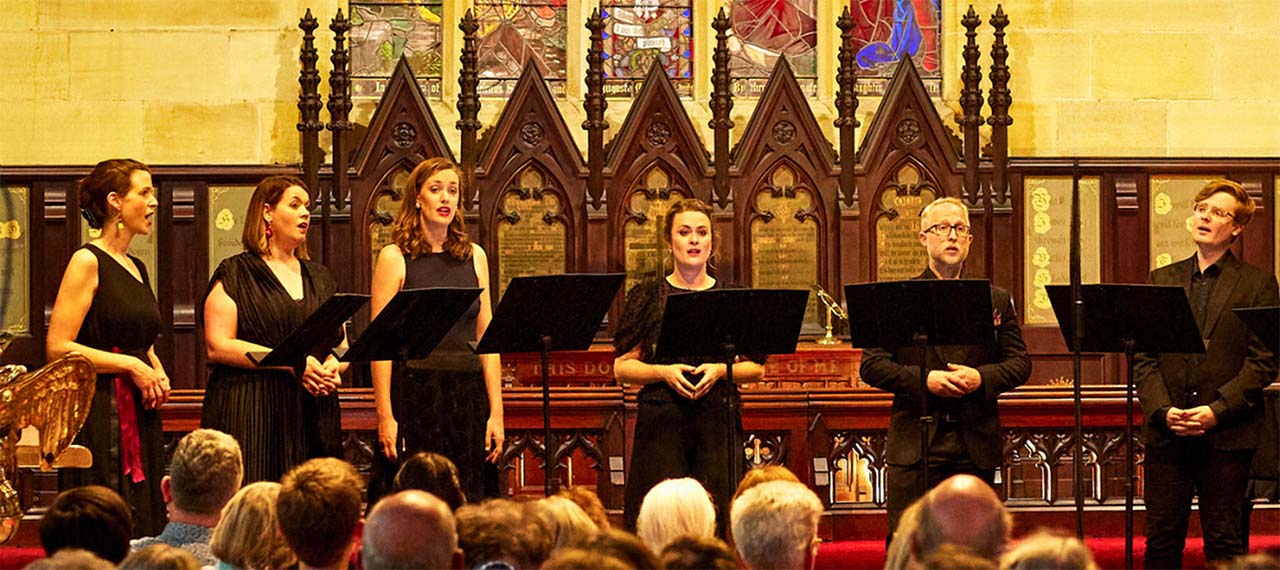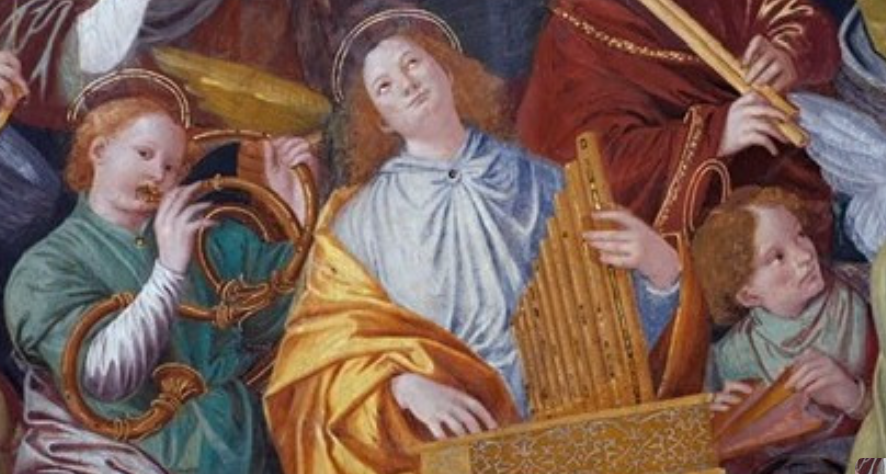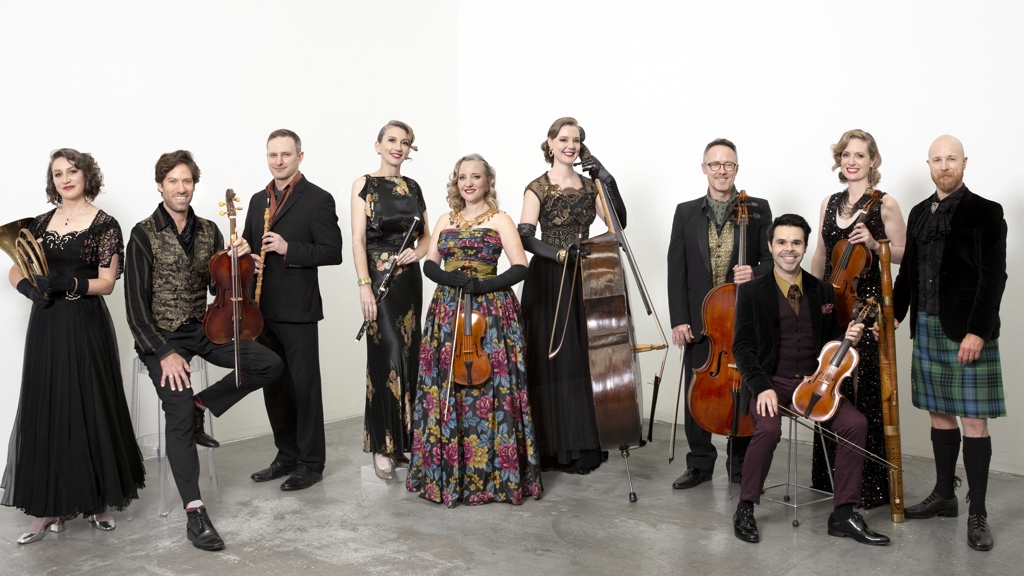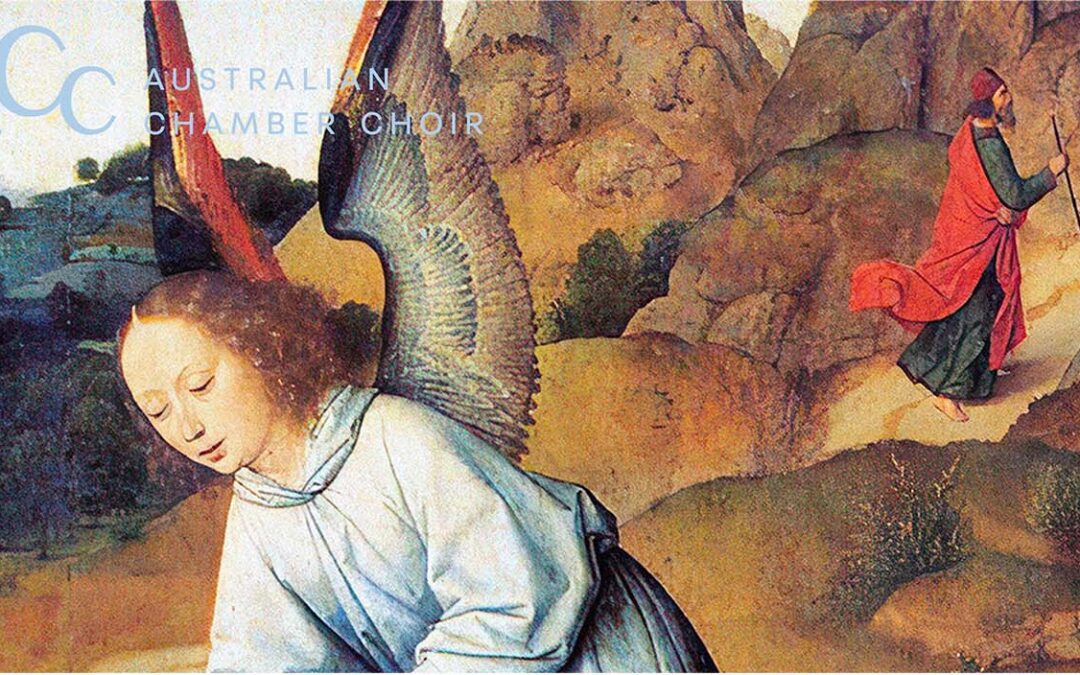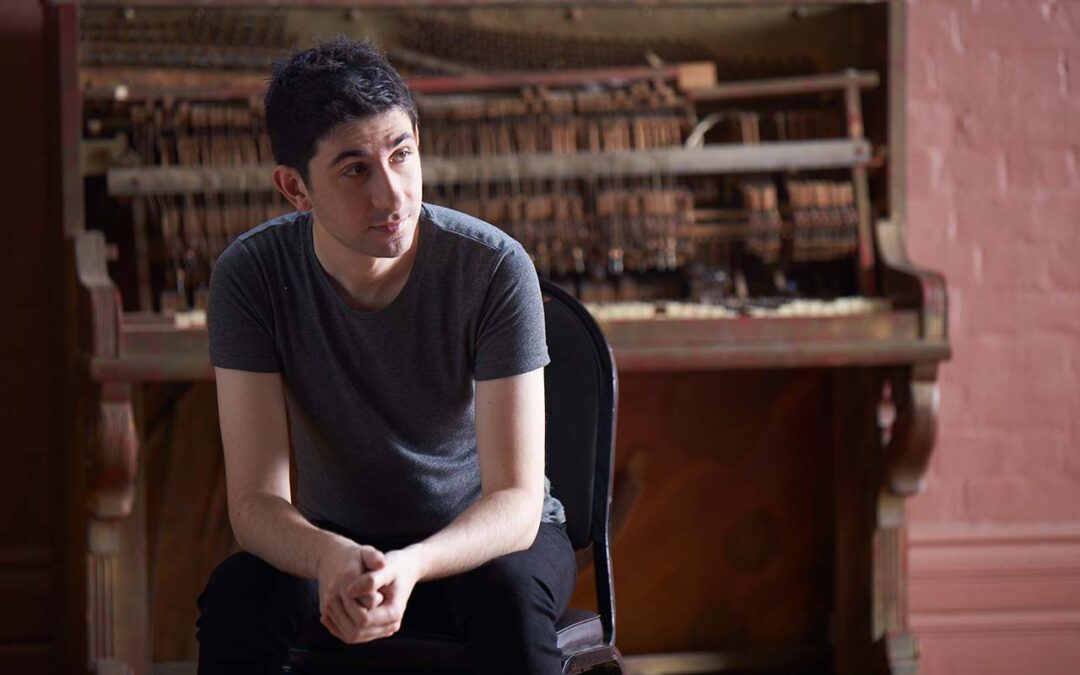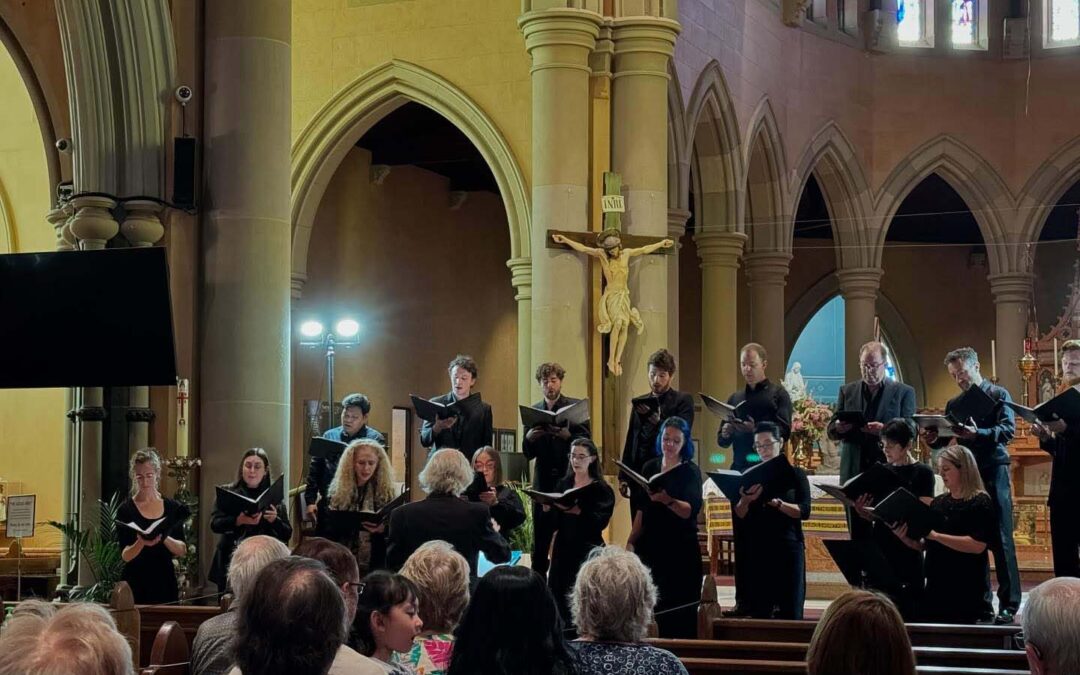Australia Ensemble UNSW | Concert with James Crabb
17 August 2024, John Clancy Auditorium, UNSW
ARTISTS:
David Griffiths, clarinet
Dimity Hall, violin
Julian Smiles, cello
James Crabb, accordion (guest artist)
PROGRAM:
Ernest BLOCH | Prayer from ‘From Jewish Life’ (1924)
Joaquin TURINA | Círculo Op. 91 (1936)
Sofia GUBAIDULINA | Silenzio (1991/2000)
Francis POULENC | Clarinet sonata (1962)
Antonin DVOŘÁK | Bagatelles Op.47 (1878)
Astor PIAZZOLLA | Le Grand Tango (1982) | Ave Maria (1984) | Oblivion (1984) | Libertango (1974)
The Australia Ensemble often has guest artists and for this concert it was a surprising pairing with the sometimes maligned accordion. To quote the soloist James Crabb himself: “What is the difference between a trampoline and an accordion?” Answer: “You have to take your shoes off to jump on the trampoline.” Usually at Ensemble concerts there is a piano; tonight however the stage looked strangely empty, despite the program notes referring to a piano part for most of the pieces. Was there foul play? Was it the accordionist’s revenge???
Seriously though, the concert started with a meditative piece for cello and accordion: Ernest Bloch’s Prayer from ‘From Jewish Life’ (1924). Smiles and Crabb sat at the very back of the stage near the concave wall, adding a warmth and intimacy to the acoustics and hence the sacred and mournful atmosphere of the work. Originally for cello and piano, this arrangement that substitutes the classical accordion, worked well indeed.
The latter is of course a very different instrument to the piano. It can play chords, yet unlike the piano, its sound is not necessarily percussive, it can sustain individual notes or chords without decay and even crescendo and diminuendo. The tone quality is more like a reed instrument or the human voice. It breathes in and out; on compression the sound is projected outwards and on expansion of the bellows the sound is inwardly directed, like vocalising while drawing in a breath. At the extremes of high or low air pressure it can bend the pitch. One advantage that the piano has is that different notes played at the same time can have different intensities. So for example, playing a fugue on the piano would allow different voices to emerge from, and recede into the texture independently. Still, that hasn’t stopped the harpsichord or pipe organ, so it probably won’t stop the accordion either…
Joined by Dimity Hall on the violin, Turina’s Círculo Op. 91 (1936), respectively represents dawn, midday and dusk. This piece is a fascinating integration of Spanish and northern European composition; the gradual emergence and blossoming of the dawn, the high violin for the balmy, yet unrelenting Spanish midday sun and final bustle, yet restful subsidence of the dusk. These were all evocatively captured.
Throughout her compositional life, Sofia Gubaidulina had an abiding love of the accordion for its ability to breathe like no other instrument. Her Silenzio, Five pieces for bayan, violin and cello (1991/2000), is a fascinating exploration of the expressive range of the instrument and its ability to blend with others. The opening movement was particularly engaging. The violin emerged from silence to play slow and very high two or three note phrases. As the violin gently came off each phrase, the same note was sustained by soft harmonics on the cello or accordion, just allowing it to hang in the air. In other movements the impressive lowest bass notes of the accordion were exposed, as was its ability to produce blankets of noise, like a jet passing overhead.
The Clarinet Sonata (1962) interestingly was premiered by Benny Goodman and Leonard Bernstein (piano) in Carnegie Hall just after Poulenc‘s death. The piece is often played as a commemorative tribute to the composer. It is a mature work, still full of engaging surprises, but is much more lyrical than many of his earlier, often eclectic compositions. In using the accordion instead of the piano, the character of the piece has totally changed. It is not merely an arrangement of the work, but a re-imagining. It is filled with warm, full textures rather than stark and transparent clarity in which the piano can excel. Griffiths’ clarinet playing is energetic and elegant; which, with the accordion in the second movement, is transformed into the lyricism of the snake charmer’s art. The marking “Allegro” in music is usually taken as a tempo indicator. In the last movement however, it takes its literal Italian meaning as “cheerful”. Griffiths’ and Crabb’s rendering is ever so playful; and terrific fun.
The only excursion into the 19th Century on the program was Dvořák’s Bagatelles Op.47 (1878). This work was originally written for 2 violins, cello and harmonium. So clarinet, violin, cello and accordion is not such a stretch. The harmonium was a substitute for a Balkan bagpipe and the accordion would fit just as well. A bagatelle is basically a short unpretentious instrumental composition, so all the boxes are checked. No need to put your shoes back on or searching for dead piano players. The performance worked well indeed with lots of warmth and dense chords, but always with great sensitivity, matching the tone of the single melodic instruments.
Of course, Piazzolla is the composer most famously associated with the accordion and the tango. Crabb’s mastery of this, his home turf material, was wonderfully matched by the others. Of the four works to finish this concert only Le Grand Tango (1982) with cello was overtly associated with that dance form. Of the other pieces, Ave Maria with violin and Oblivion (both 1984) with clarinet have their origins as music for the film Enrico IV. Achingly beautiful was Griffith’s performance of Oblivion, with soaring pianissimo high notes floating effortlessly. The ever-accelerating Libertango (1974) was much more a formal composition for a large jazz ensemble, here successfully arranged for the quartet at hand. This “song of liberty” made for an exciting and spectacular conclusion to this concert. Crabb’s mastery was wonderfully matched by the others.
Throughout this concert Crabb played with superb musicianship, never harsh, always balancing the tone and dynamics with the more traditional instruments of the chamber group. The classical accordion has gone up hugely in my esteem and I am in awe of both James Crabb’s virtuosity and ensemble playing. What a master. Who needs a piano!




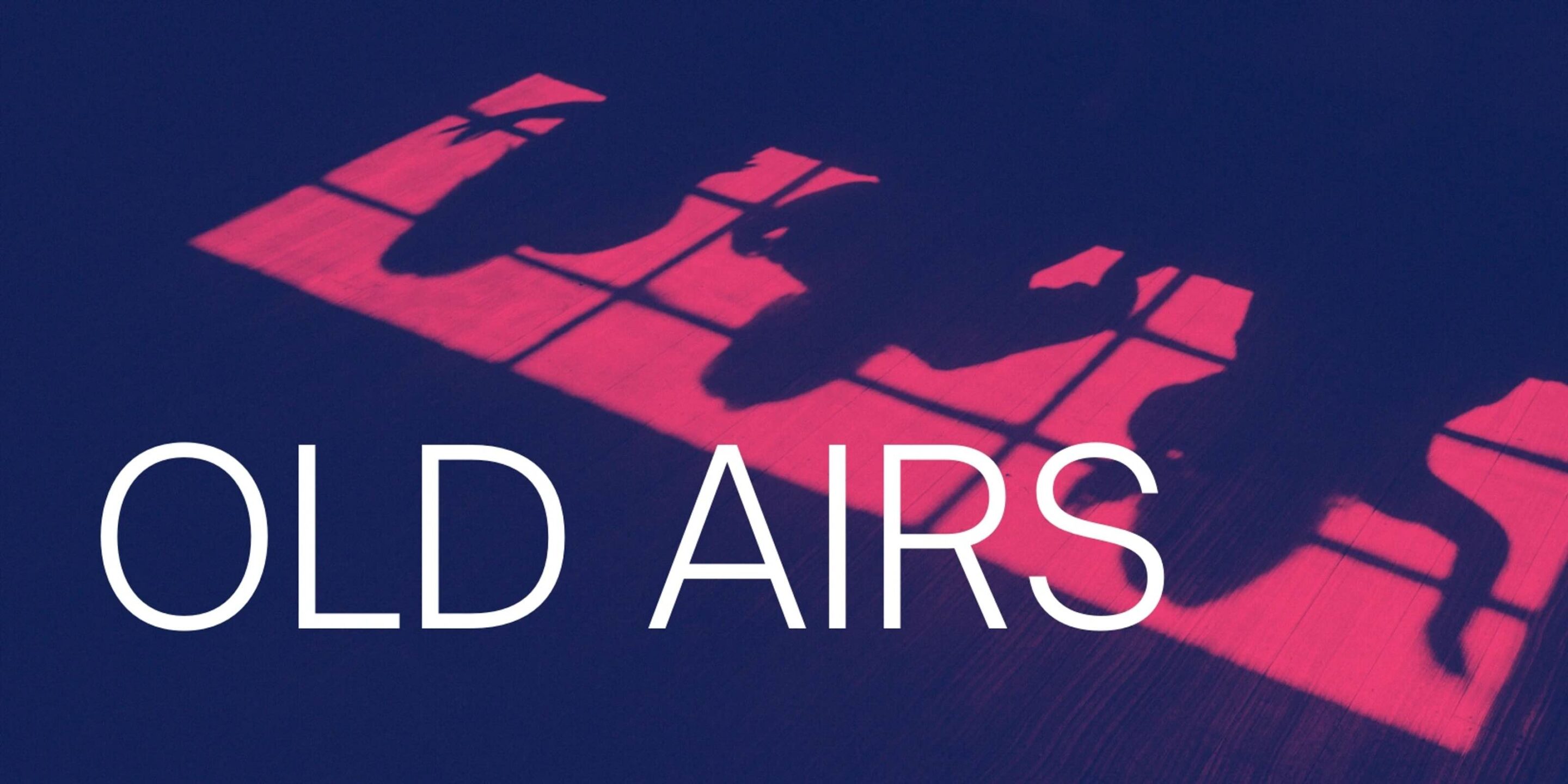
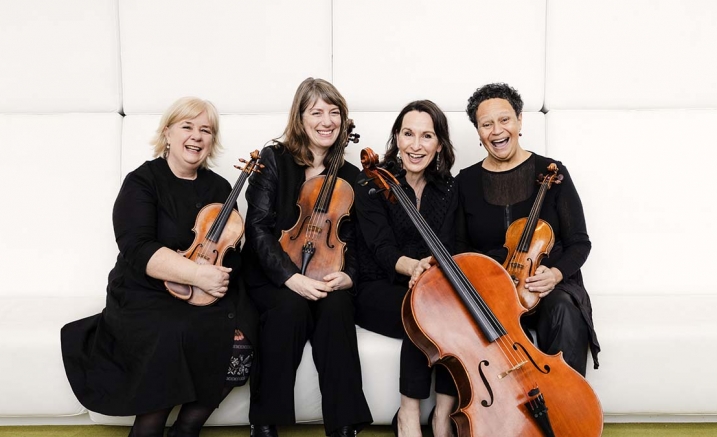


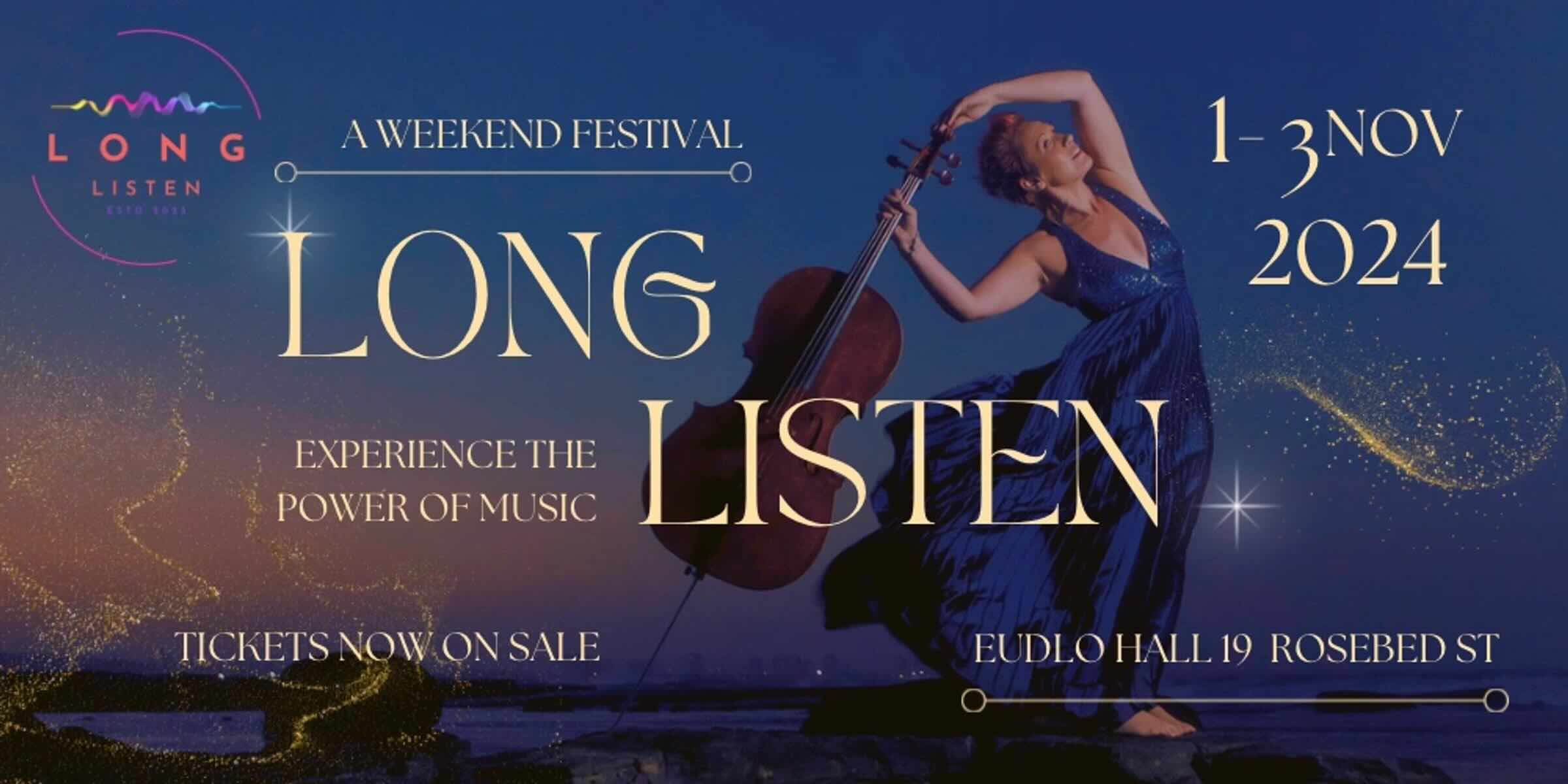
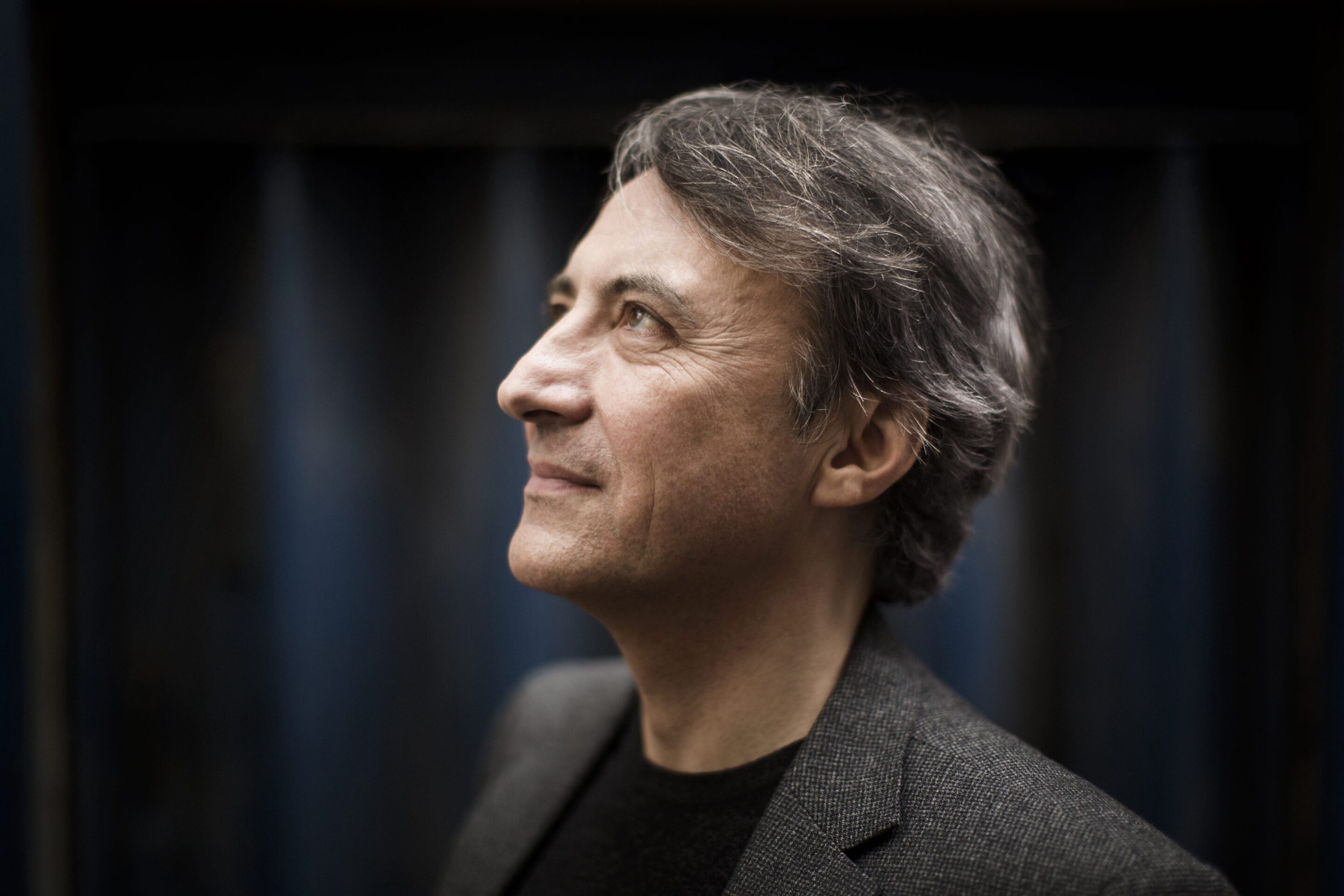

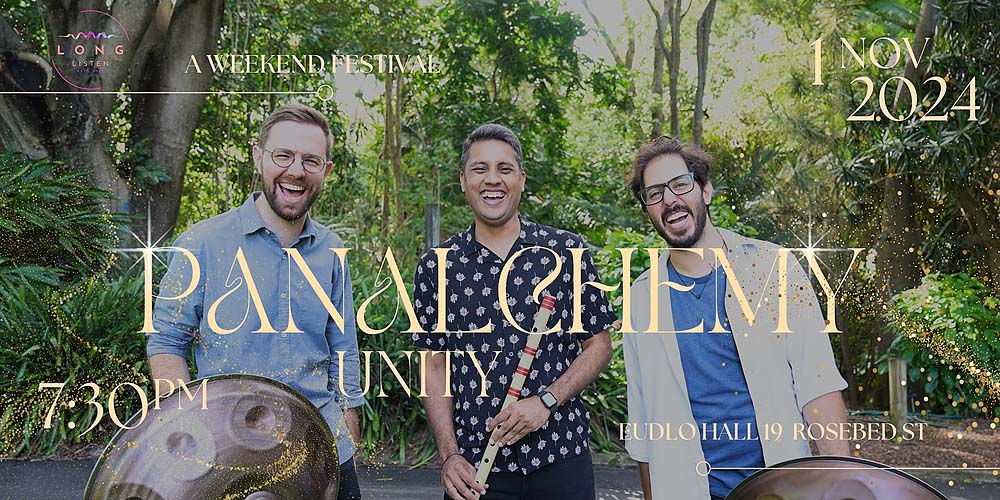

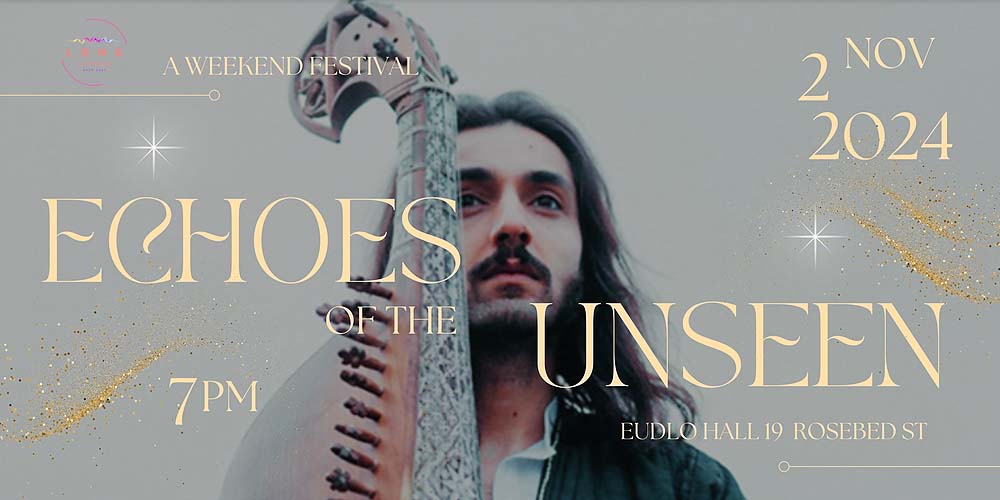
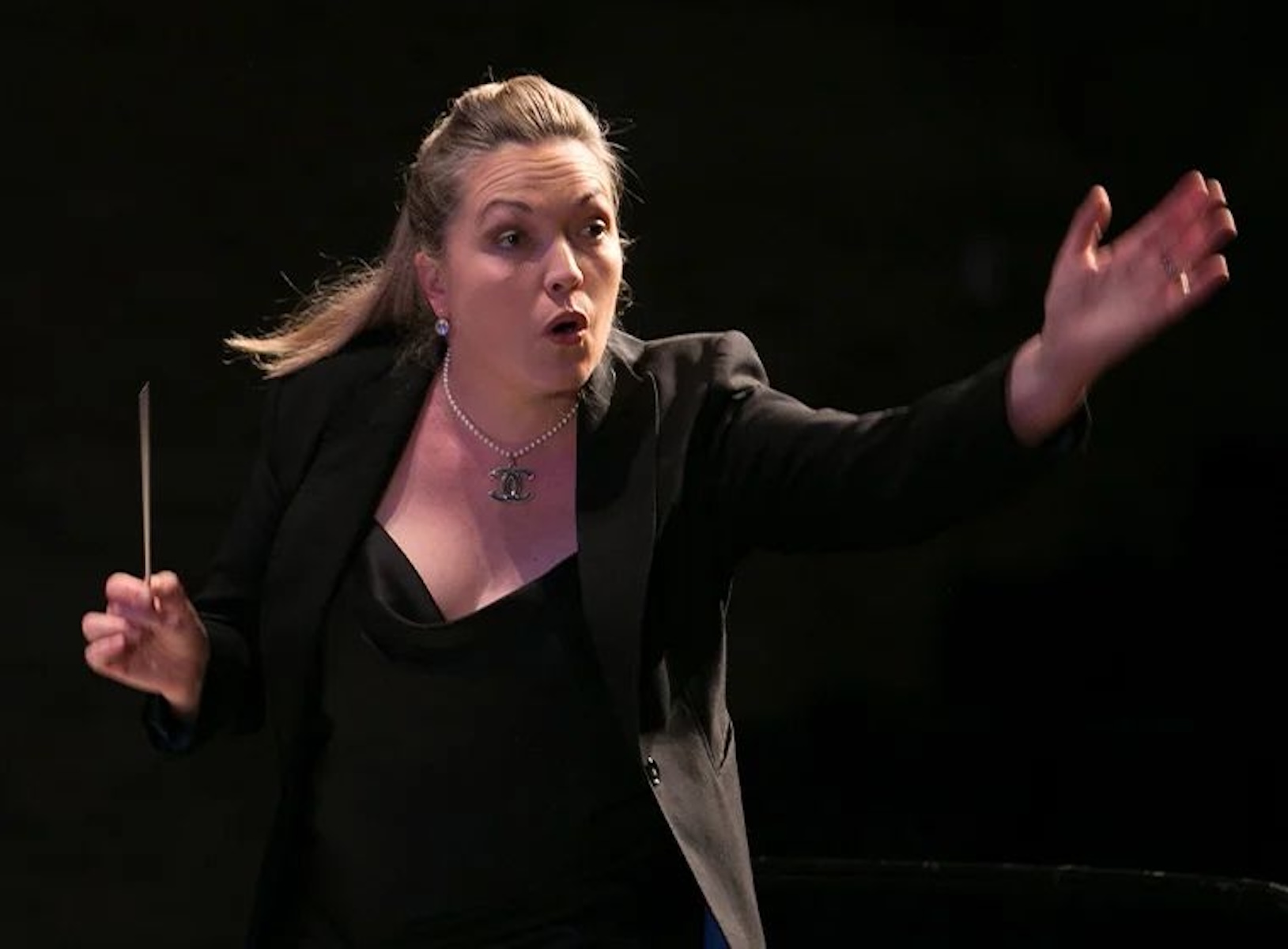
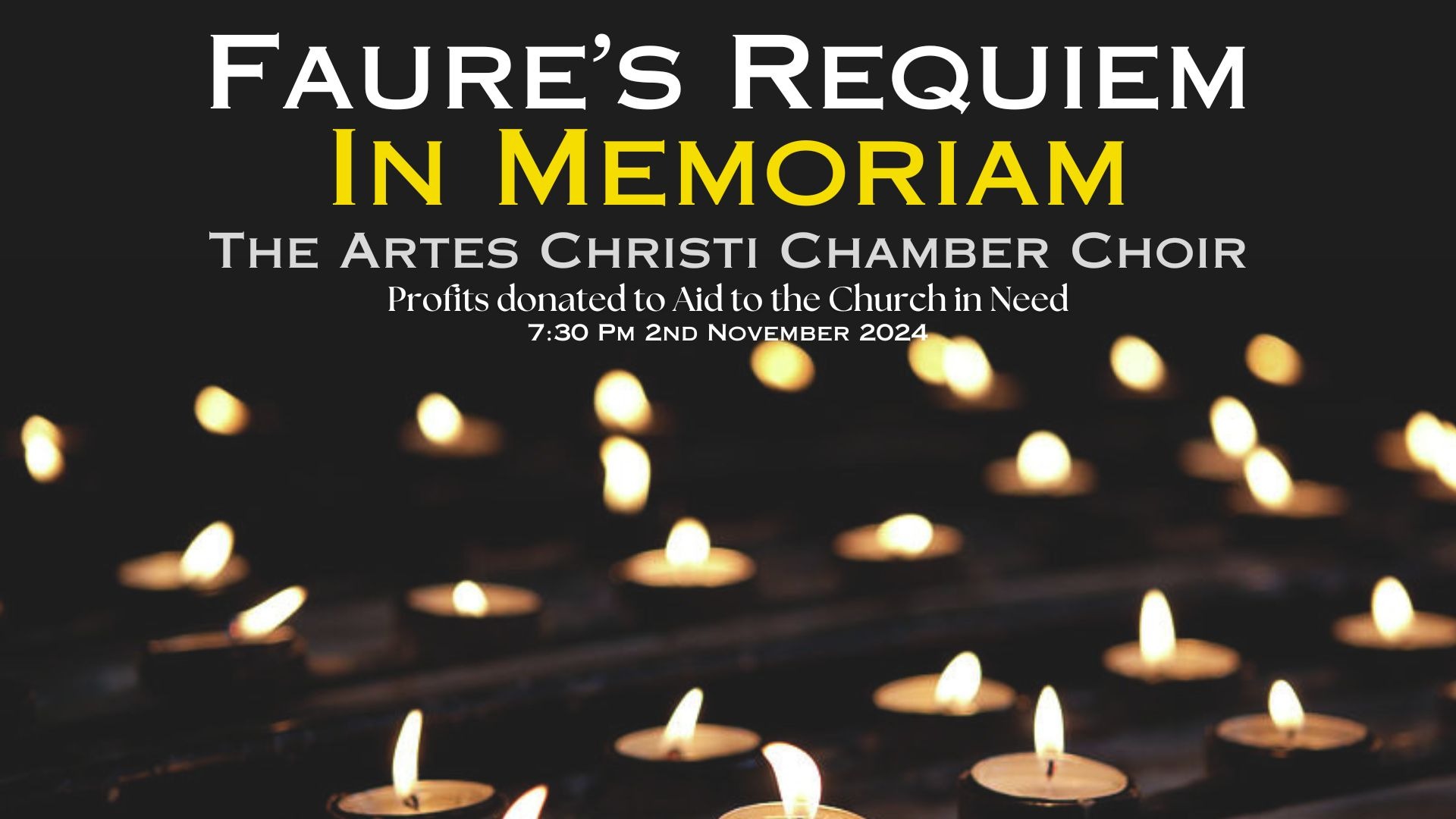
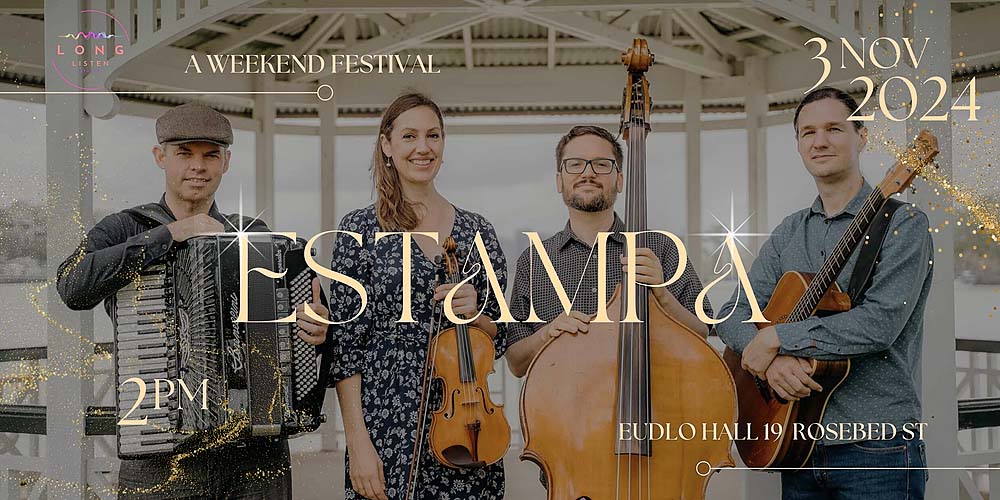

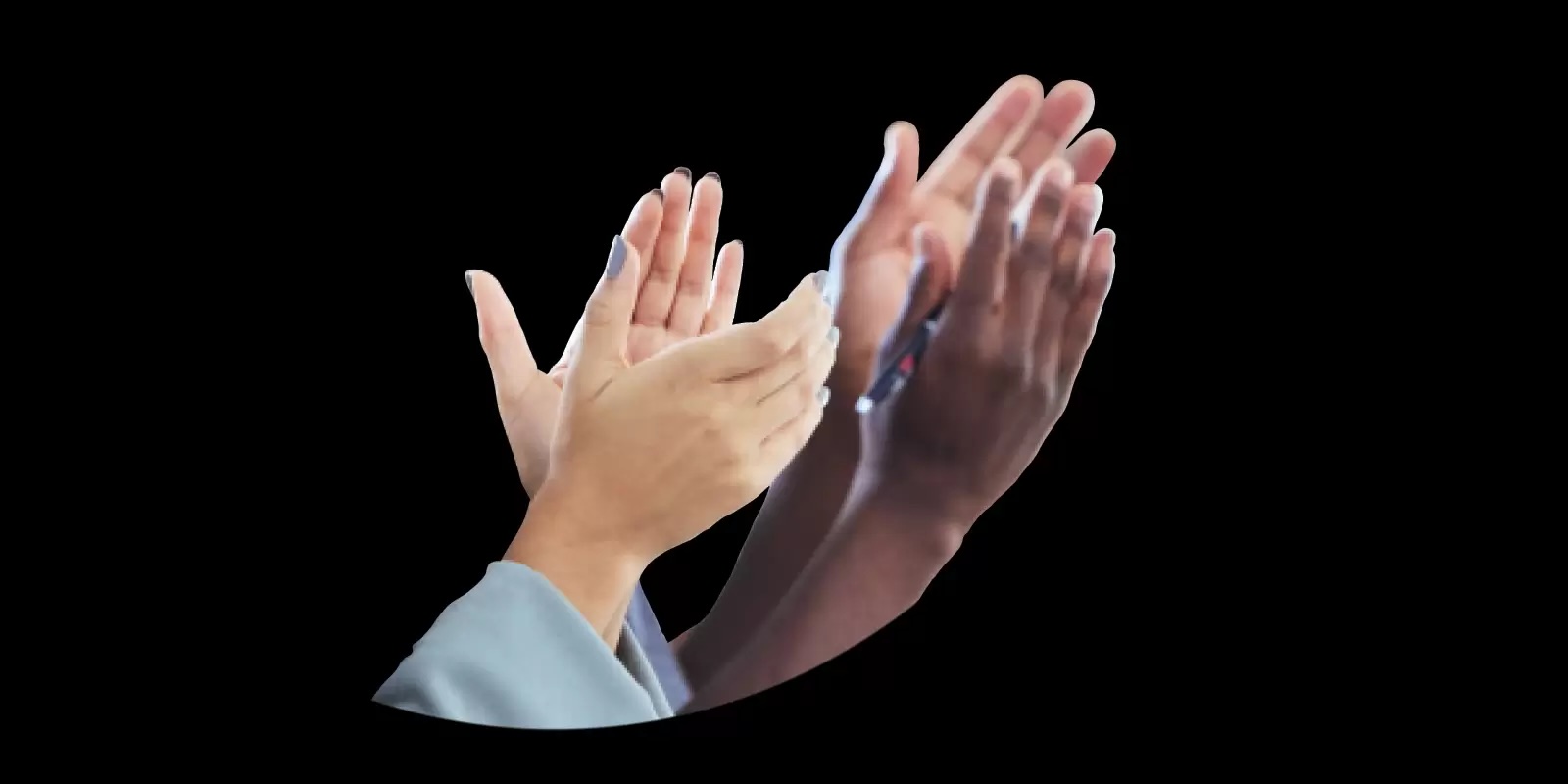



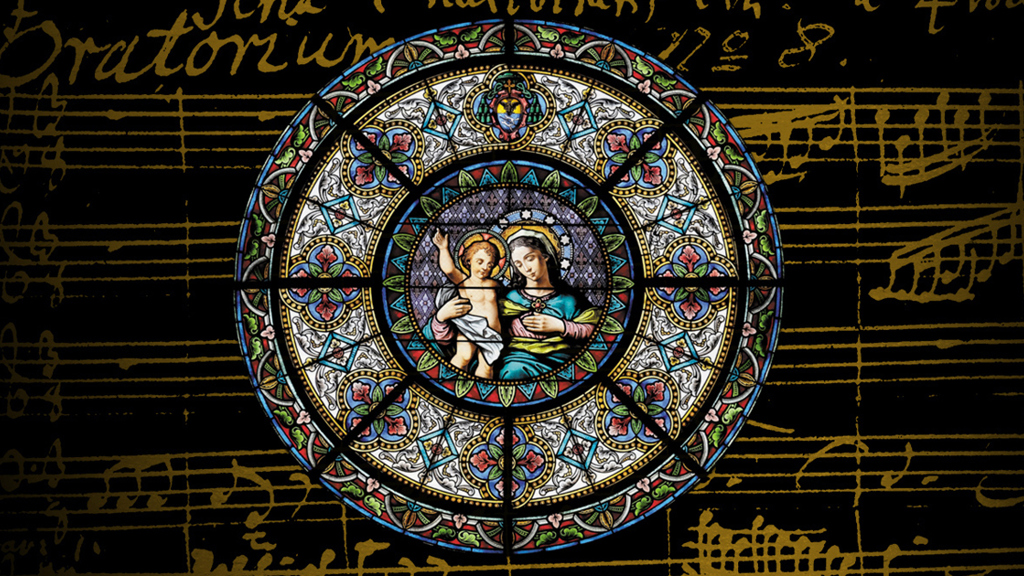
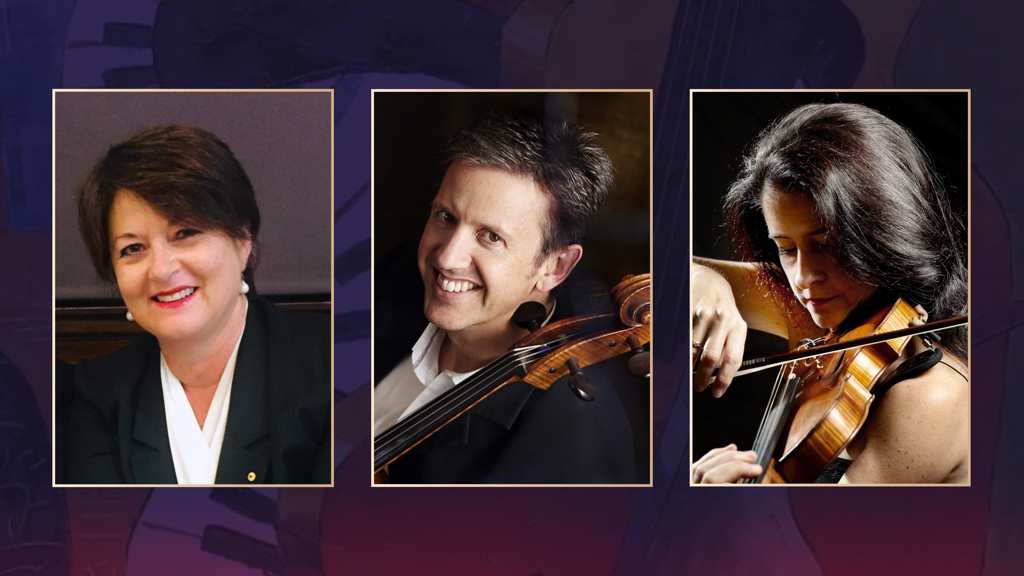

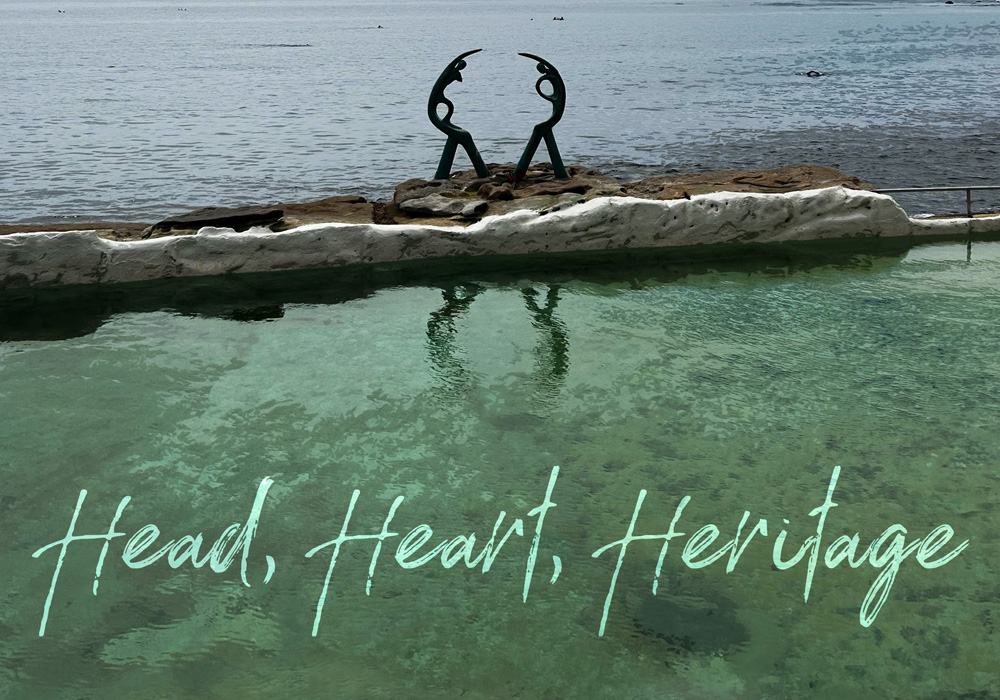
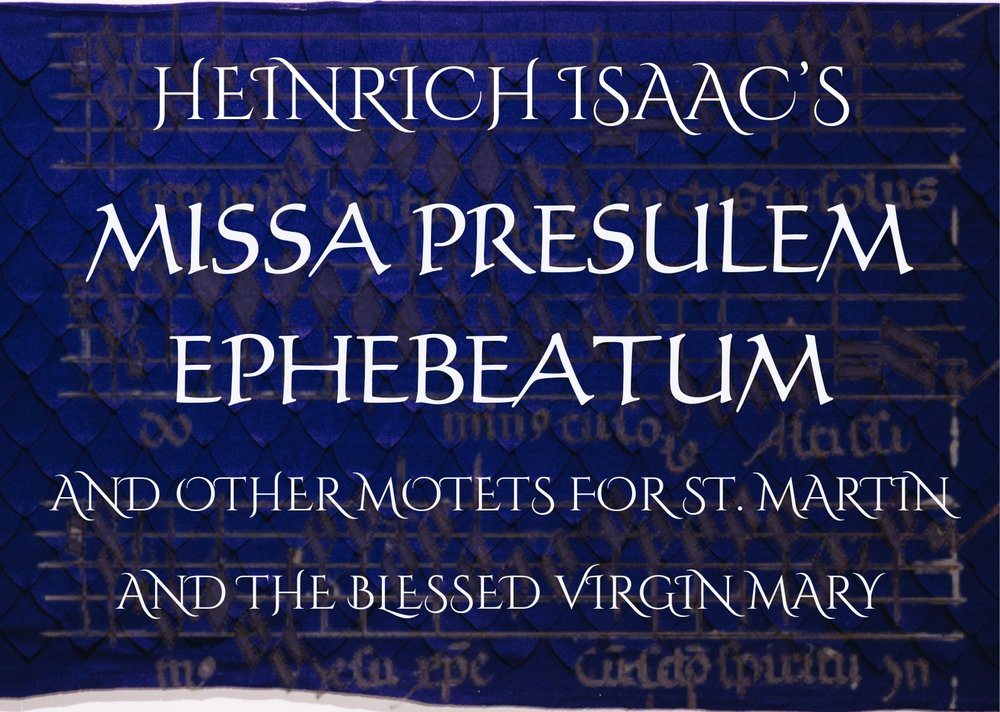

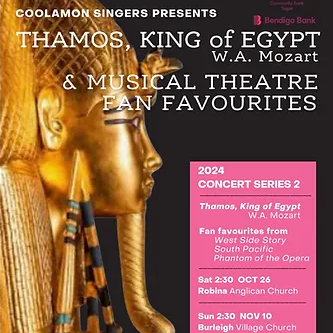
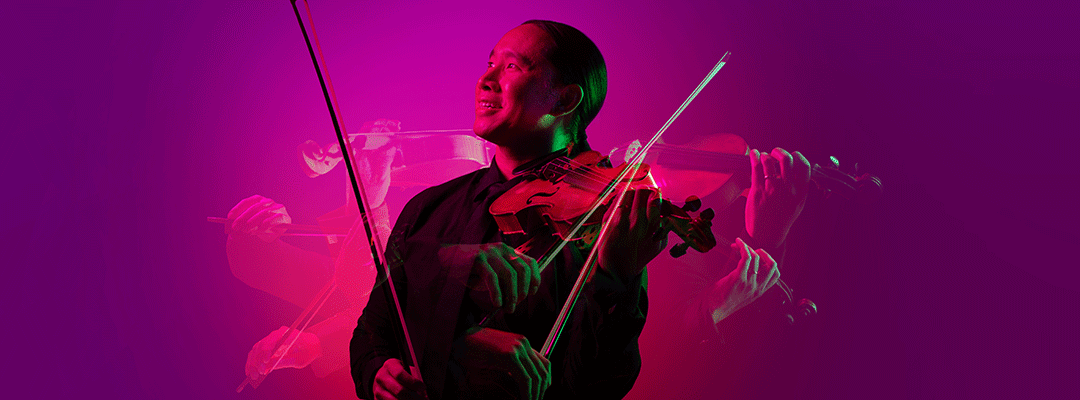


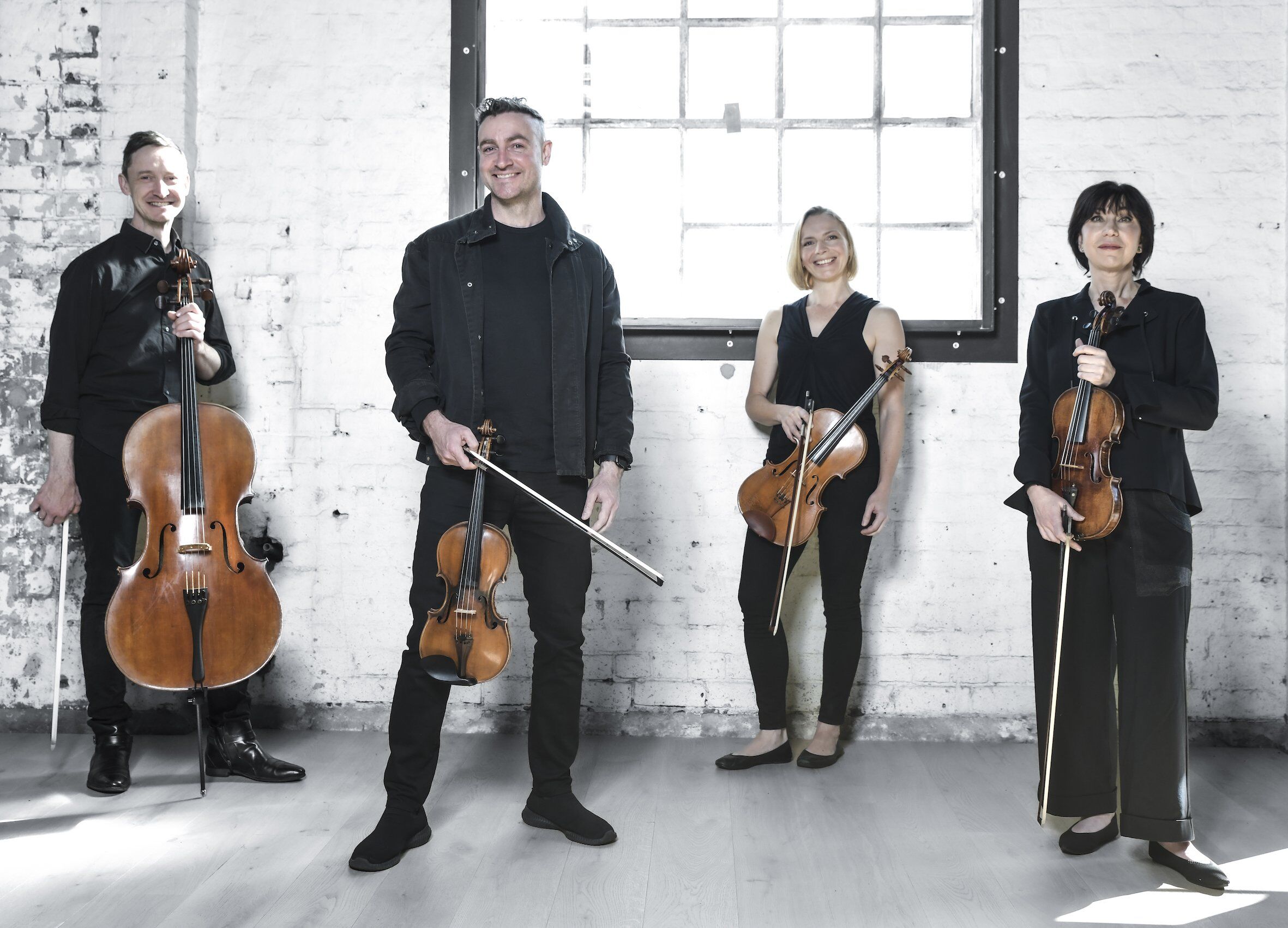

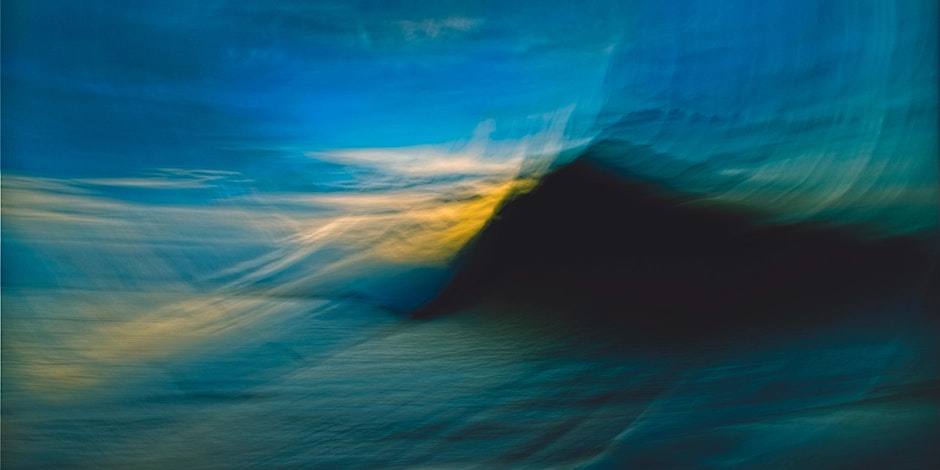

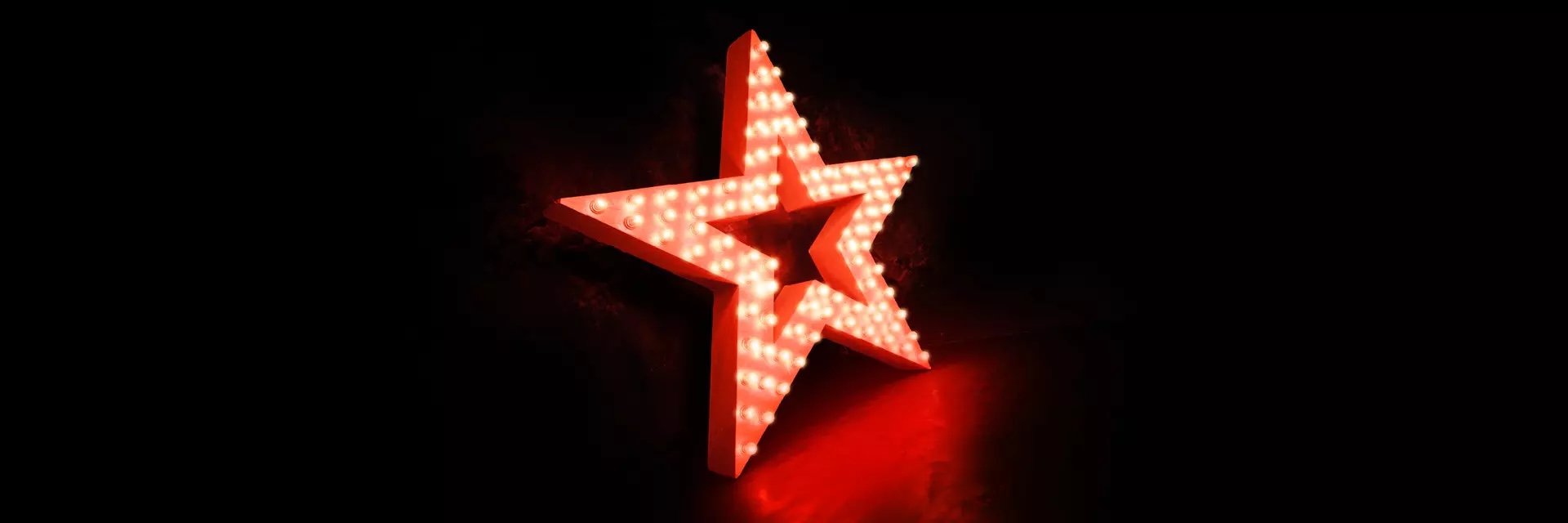

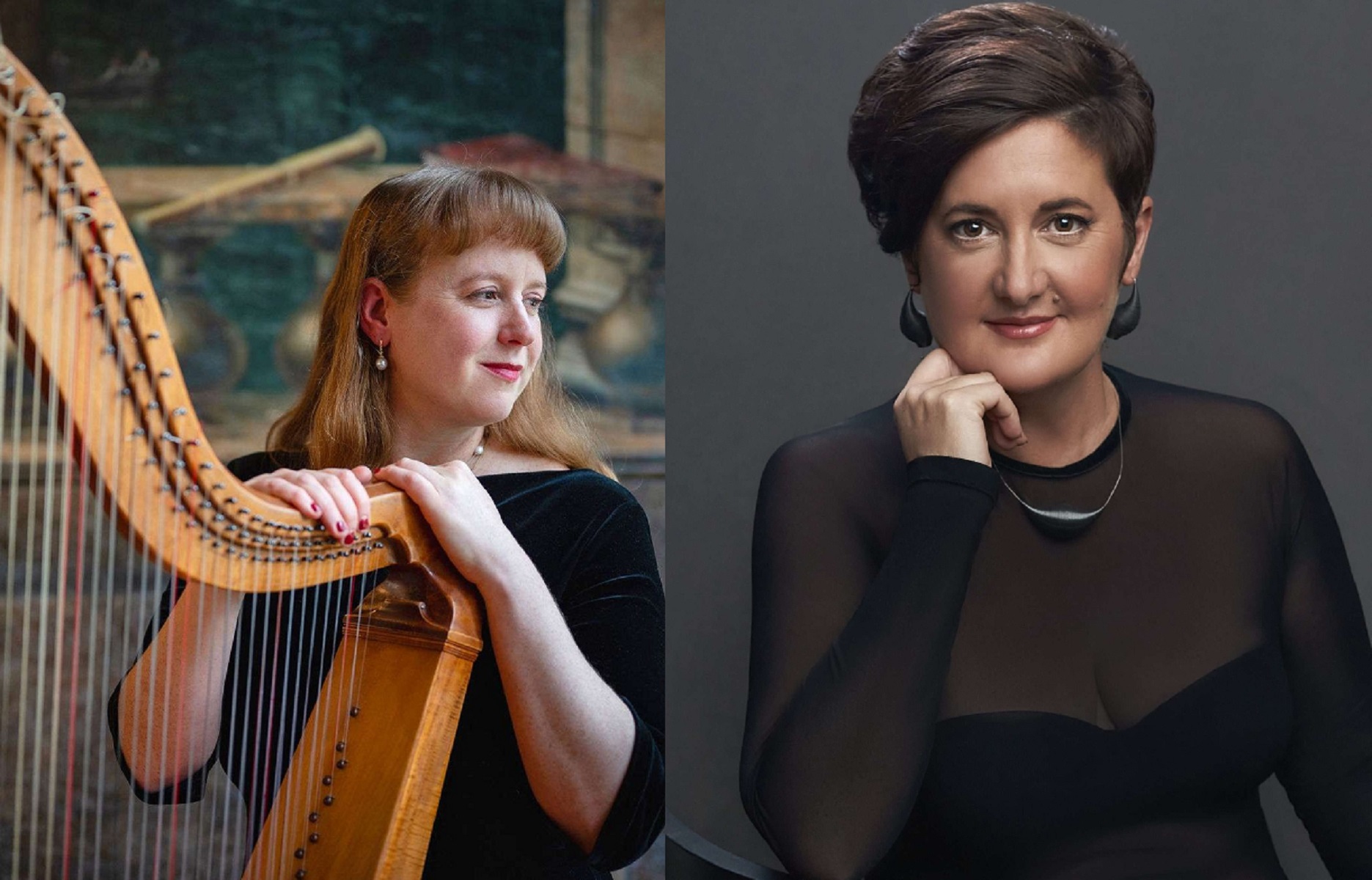
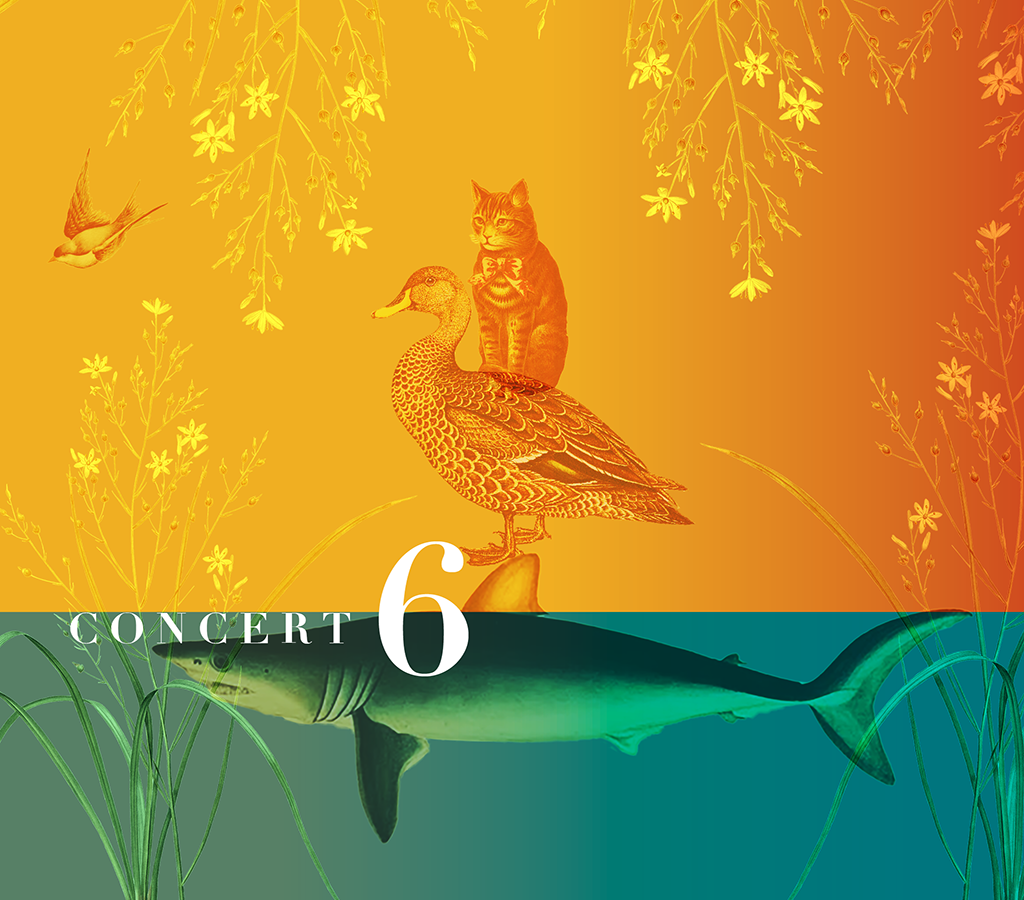

![user222 mrc mostlymozart [splendour of vienna] user222 mrc mostlymozart [splendour of vienna]](https://cdn-classikon.b-cdn.net/wp-content/uploads/2024/02/user222-mrc_mostlymozart_splendour_of_vienna.png)

